Here I want to show you the covers for a Facebook page of my project - research about Ukrainian typography in the XX century.
I made designs for them for every month in 2021. The design of the covers is based on Ukrainian artists' writings to popularize their charity.
I made designs for them for every month in 2021. The design of the covers is based on Ukrainian artists' writings to popularize their charity.
January 2021
Jacques Hnizdovsky
(Ukrainian: Яків Гніздовський)

Works that inspire me in January 2021 were made by Jacques Hnizdovsky in the second half of the 20th century in New York. Clearly, the artist constitutes an homage to the Vienna Secession style. His cover design usually contained stylized sans-serif lettering framed by a square with a weight of equal thickness border.





February 2021
Myron Levytsky
(Ukrainian: Мирон Левицький)

In February 2021, I choose Myron Levytsky. Book covers you can see below were made by him in the second half of the 20th century in Canada. The artist used in his works sans-serif letters with contrast. Usually, he added spiral swashes to his designs.





March 2021
Okhrim Sudomora
(Ukrainian: Охрім Судомора)
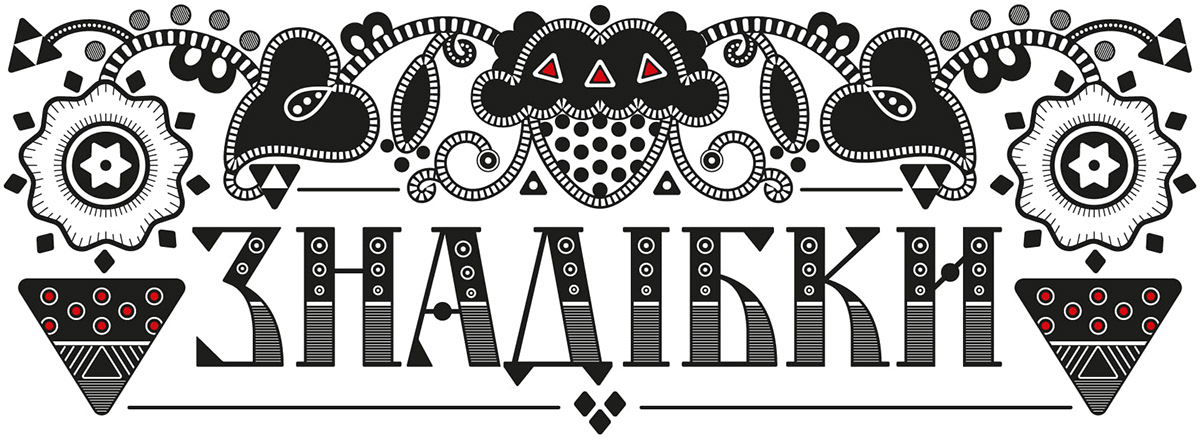
I paid homage to Okhrim Sudomora in March 2021. As references, I used his works, which were made in Kyiv between 1919-1920. In that period, the artist drew book covers with detailed flourish ornaments. His letters have a high waist, contrast, and geometrical decor.





April 2021
Olena Kulchytska
(Ukrainian: Олена Кульчицька)
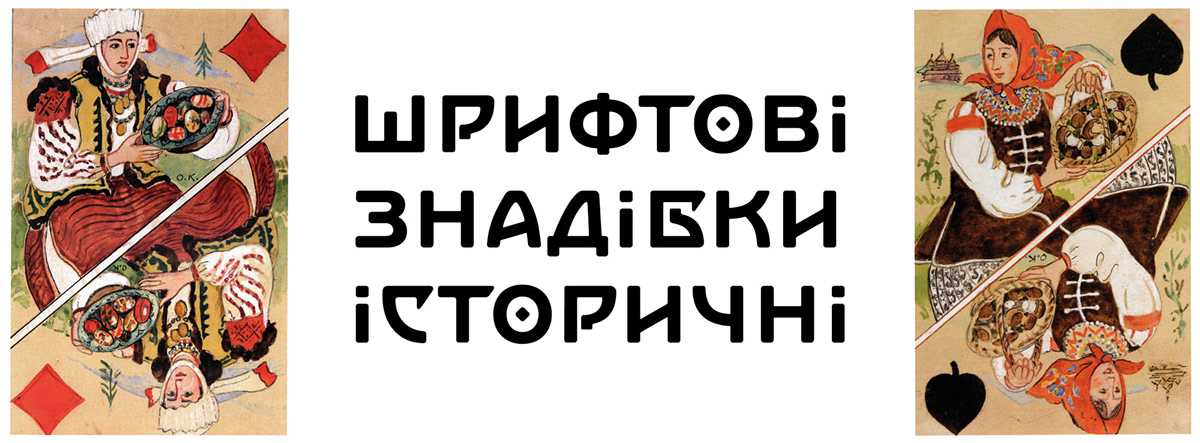
For April's design, I chose Olena Kulchutska. She was born and lived in Galicia. Below, you can see her early works from the first half of the 20th century. The stylized curves of the letterforms are a mannerist echo of the Art Nouveau style.





May 2021
Les Lozovsky
(Ukrainian: Лесь Лозовський)
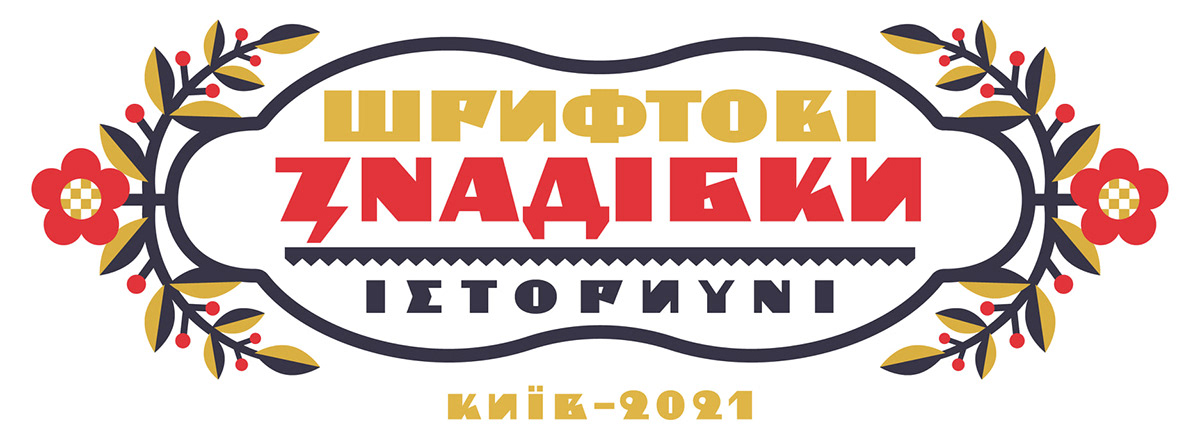
Les Lozovsky died in 1922 at the age of 22. All his works were created in 1921 in Kyiv. Les made bold bright book covers. His sans-serif letters are bold and with high contrast. Also, important to mention, that he used letterforms of old Ukrainian Cyrillic.





June 2021
Sviatoslav Hordynsky
(Ukrainian: Святослав Гординський)
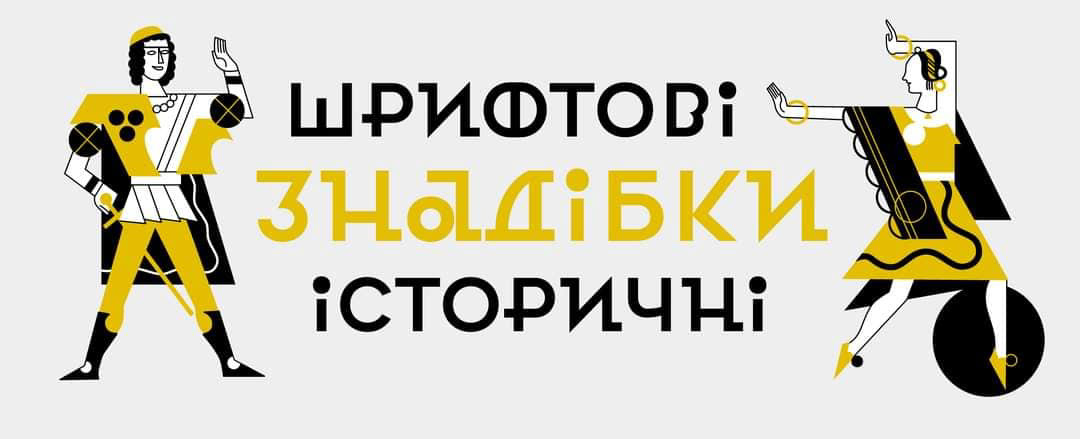
In June, I choose to show the world works of Sviatoslav Hordynsky. In the late 1920s, he learned in Germany and after that in France. So when he came back to Lviv, in the early 1930s, his graphic style was based on geometric shapes, especially the circle, similar in spirit to the Bauhaus design style of the period. And his letters remained the first Futura design concept.





July 2021
Oleksiy Marenkov
(Ukrainian: Олексій Маренков)
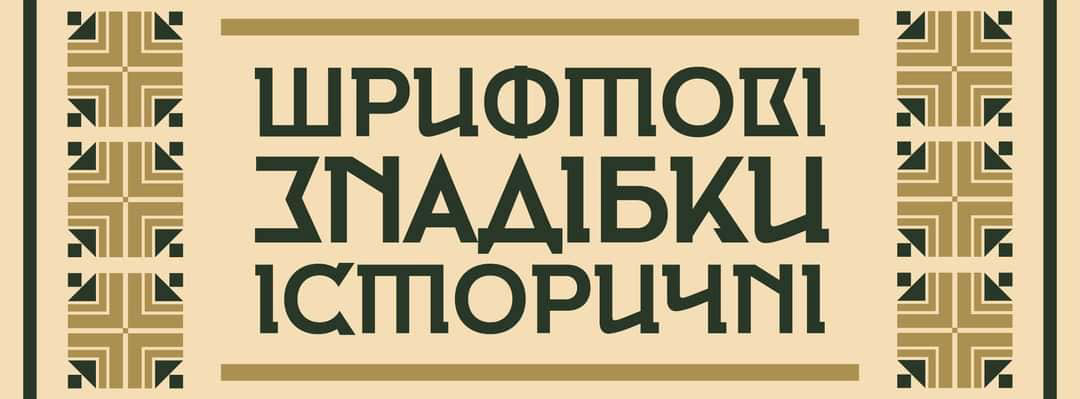
Oleksiy Marenkov lived in Kharkiv in the 1920s-30s. He was a teacher in the Kharkiv State Academy of Design and Arts. But also a very marketable artist, who made many posters and book covers at that period.
He frequently used geometrical ornaments and letterforms.
He frequently used geometrical ornaments and letterforms.





August 2021
Petro P. Kholodny
(Ukrainian: Петро Холодний-молодший)
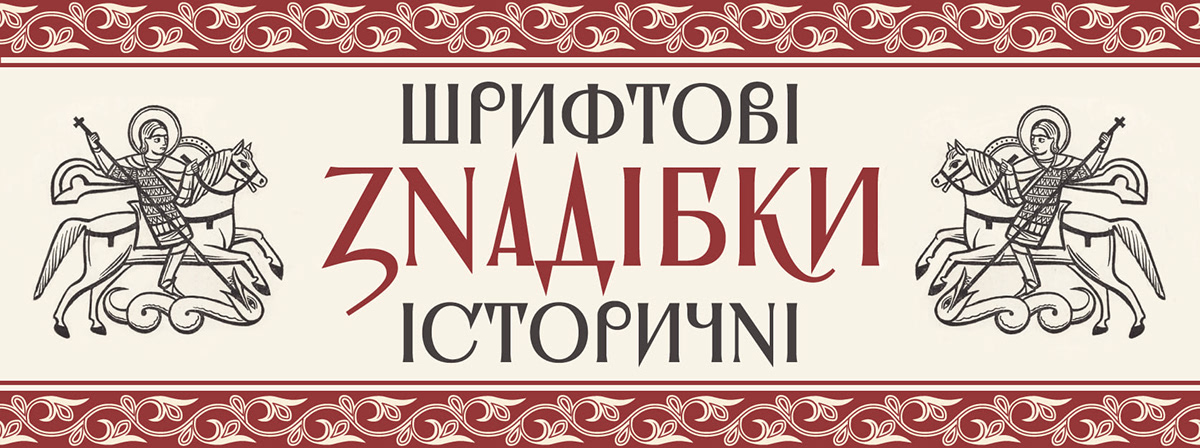
Petro P. Kholodny was born in Kyiv in 1902. In the 1920s-30s, he studied art at the Ukrainian Studio of Plastic Arts in Prague and the Warsaw Academy of Arts. After the Second World War, he lived and worked in displaced persons (DPs) camps in Germany.
In 1950, he immigrated to the United States. Kholodny’s main works are monumental —icons, stained-glass windows, and mosaics for Ukrainian churches in the USA. In graphic arts, he has proved himself as an illustrator and as a bookplate, logo, and monogram designer.
His artworks are distinguished by their elegant, light line. The book covers are decorated with an ornamental frame.
In 1950, he immigrated to the United States. Kholodny’s main works are monumental —icons, stained-glass windows, and mosaics for Ukrainian churches in the USA. In graphic arts, he has proved himself as an illustrator and as a bookplate, logo, and monogram designer.
His artworks are distinguished by their elegant, light line. The book covers are decorated with an ornamental frame.





September 2021
Robert Lisovsky
(Ukrainian: Роберт Лісовський)

In September, my inspiration was Robert Lisovsky. Born in 1893, he studied in Kyiv under Heorhii Narbut at the Ukrainian State Academy of Arts (1917–20), and the Berlin Academy of Arts (1927). From 1920, he worked as a graphic artist in Lviv and was a professor of graphic art at the Ukrainian Studio of Plastic Arts in Prague (1929–45). After the Second World War, he lived in London and, from 1962, Geneva.
In the covers made by R. Lisovsky, we clearly can see the impact of the Baroque. Robert Lisovsky's letters have contrast, curves, and serifs. They are exuberant, detailed, and flourished.
In the covers made by R. Lisovsky, we clearly can see the impact of the Baroque. Robert Lisovsky's letters have contrast, curves, and serifs. They are exuberant, detailed, and flourished.
I completed my group cover with the Ukrainian national “Tryzub” or trident symbol (designed by Professor Lisovsky).





October 2021
Mykhailo Mykhalevych
(Ukrainian: Михайло Михалевич)
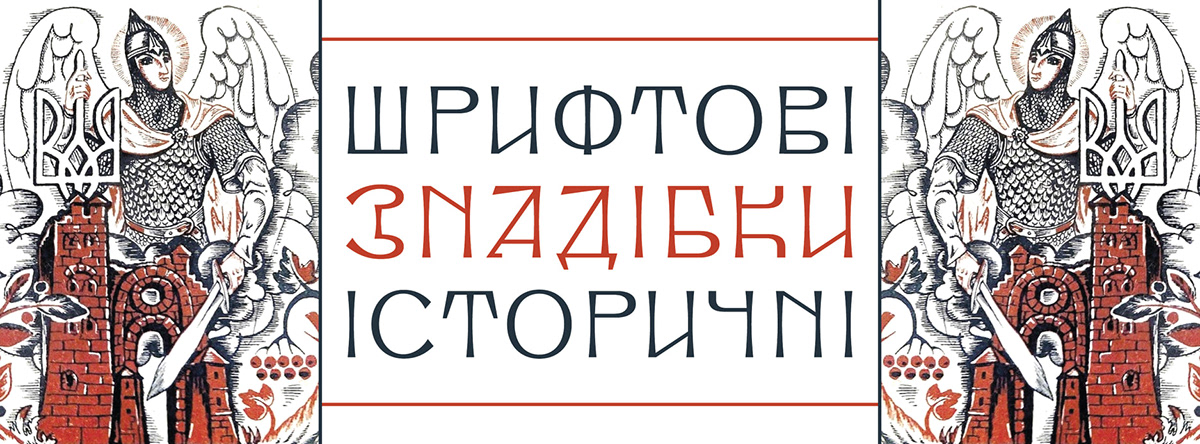
Mykhailo Mykhalevych was born in 1906 in Kyiv. Не completed the Kyiv Art Institute, and then completed the Industrial Arts School in Prague and specialized in graphic arts at the Prague Academy of Arts. In the 1930s he joined OUN. After the Second World War, Mykhalevych had spent time in DP camps in Germany, before emigrating to the United States.
For bookplates, he used letterforms of old Ukrainian Cyrillic.
For bookplates, he used letterforms of old Ukrainian Cyrillic.





November 2021
Mykhailo Dmytrenko
(Ukrainian: Михайло Дмитренко)
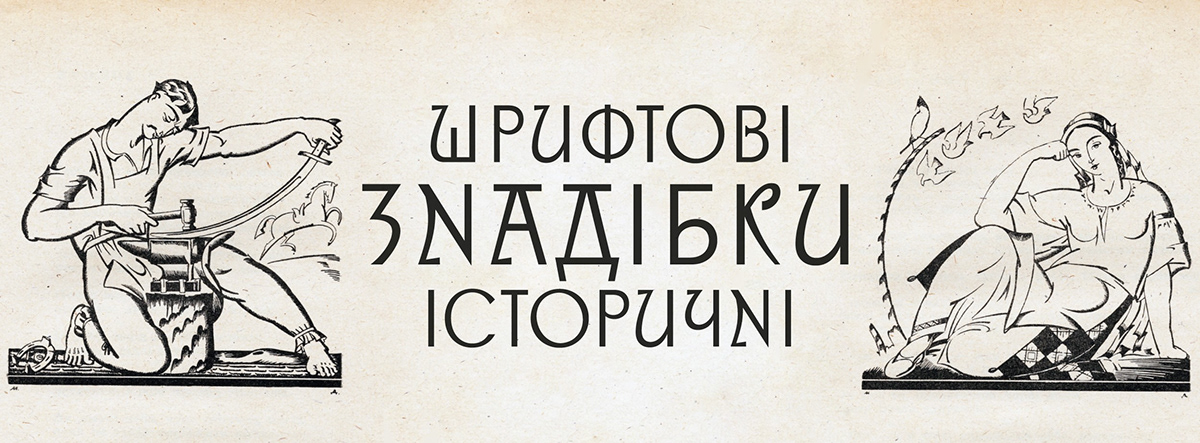
In November, I paid tribute to Ukrainian painter and graphic artist Mykhailo Dmytrenko.
He was born in 1908. Dmytrenko graduated from the Kyiv State Art Institute in 1930 and worked there as Fedir Krychevsky’s assistant. In 1939, he moved to Lviv and became chairman of the Organizing Committee of the Artists of Western Ukraine. In 1944–50 he lived in Munich and in 1951 immigrated to Canada. He settled eventually in Detroit. Mykhailo Dmytrenko died in 1997 in Detroit.
His letters have smooth lines and curves. Some of them are decorated with serifs and double horizontal lines.
He was born in 1908. Dmytrenko graduated from the Kyiv State Art Institute in 1930 and worked there as Fedir Krychevsky’s assistant. In 1939, he moved to Lviv and became chairman of the Organizing Committee of the Artists of Western Ukraine. In 1944–50 he lived in Munich and in 1951 immigrated to Canada. He settled eventually in Detroit. Mykhailo Dmytrenko died in 1997 in Detroit.
His letters have smooth lines and curves. Some of them are decorated with serifs and double horizontal lines.





December 2021
Vasyl Krychevsky
(Ukrainian: Василь Кричевський)
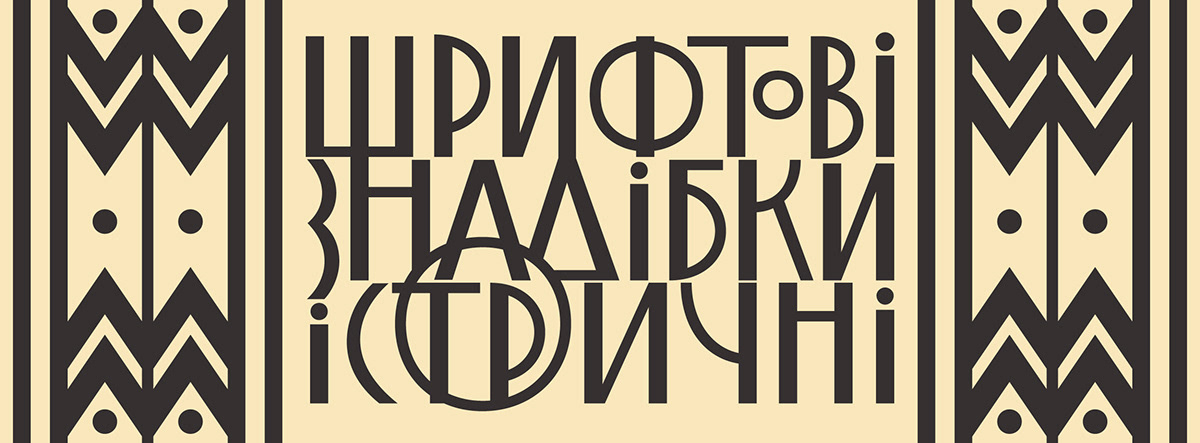
Last but not least, Vasyl Krychevsky was a Ukrainian painter, architect, art scholar, graphic artist, film art consultant, pedagogue, and master of applied art and decorative art. He is the designer of the 1918 Ukrainian coat of arms, state seals, banknotes.
My inspiration for December - his constructivist cover design (the 1920s-30s). Simple geometric forms, narrow sans-serif letters with a high waist and contrast.
My inspiration for December - his constructivist cover design (the 1920s-30s). Simple geometric forms, narrow sans-serif letters with a high waist and contrast.










